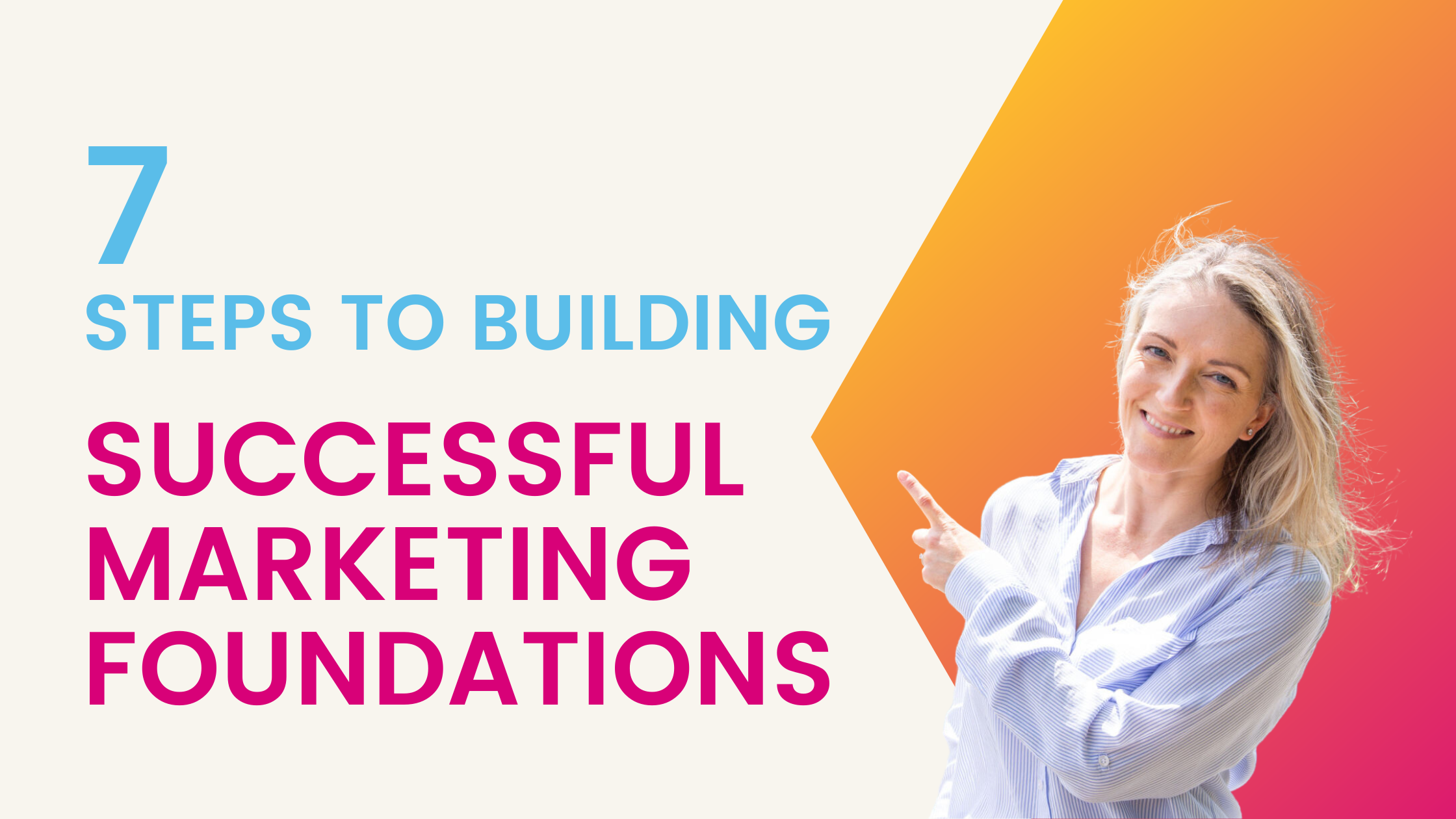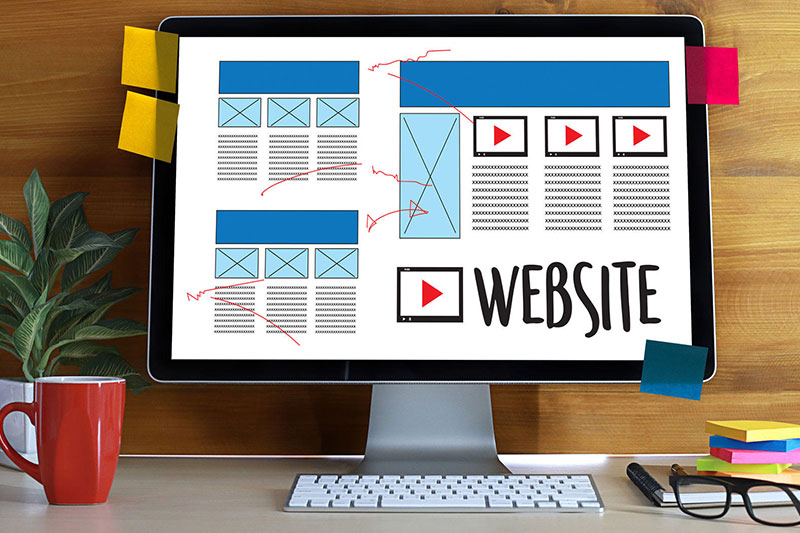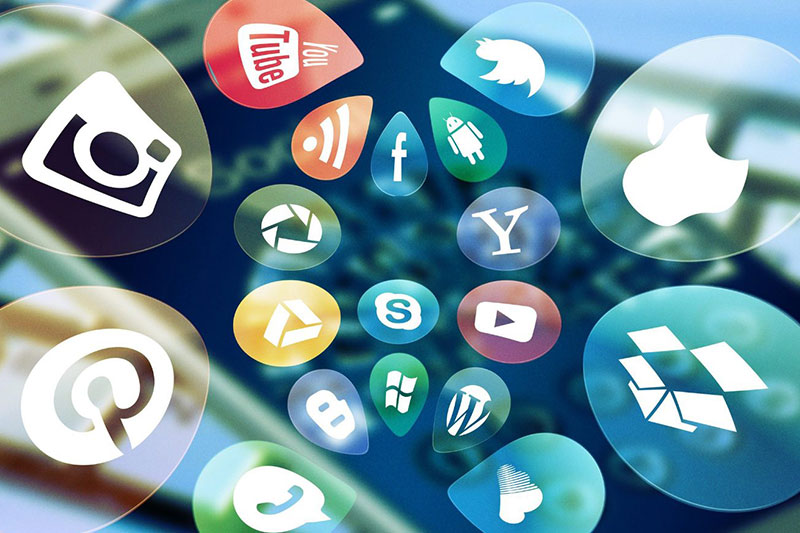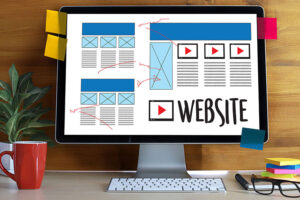A Quick Guide to Sales Enablement
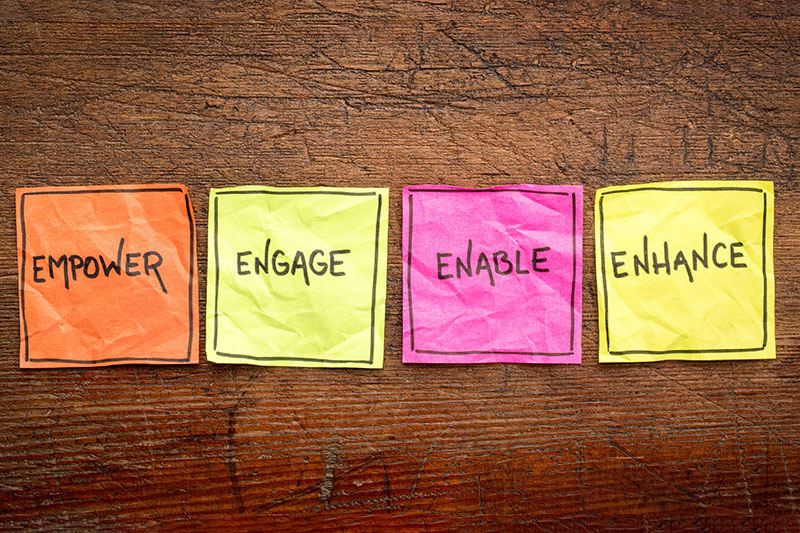
Many marketers already include sales enablement in their marketing strategies and budgets, but that’s not the case for some – and that may be down to internal structure and historic ownership or responsibilities, perhaps the team is too small and under-resourced to take this on as well as everything else, or maybe it’s as simple as not understanding what sales enablement is.
So, what is sales enablement?
Before we start to get into why sales enablement is so important, we should really start by asking what is it?
According to HubSpot:
“Sales enablement is the iterative process of providing your business’s sales team with the resources they need to close more deals. These resources may include content, tools, knowledge, and information to effectively sell your product or service to customers.”
HubSpot
Sales enablement typically covers the internal and external support and tools sales need to do their jobs successfully.
Internal support covers a number of things including:
– Competitor battle cards
– Company and product ‘snippets’
– Objection handling
– Social selling training
– A documented buyer journey and mapped content assets
(Question: What else is in your sales toll kit? Let me know in the comments!)
Whilst the external support and materials typically cover things like:
– Brochures
– Case studies
– Website content
– Sales presentations
– Video tutorials
– Online demo
(Question: What’s top of your external sales support pack? Let me know in the comments!)
Why is sales enablement an important part of the marketing strategy?
As marketers we’re tasked with driving leads into the business and is a pretty major part of what we do, certainly in my experience, where driving business growth lies heavily on marketing’s shoulders.
That means we spend a lot of time, resource and money generating leads, feeding the funnel. Yet, if your sales team aren’t best equipped to engage those leads and / or feel that they don’t have the right support and resources, that effort is easily wasted.
And so that there is the answer as to why marketing should be just as concerned with sales enablement as they are with lead gen, content and digital strategies.
Tips to approaching a sales enablement programme
So, where do you start? I’ve put together a few useful tips that I hope will help you on your way …
-
Talk to your Sales team!
Sounds obvious doesn’t it? Yes, there could be a never-ending list of materials, but that’s great – doesn’t it show just how valuable marketing is to sales?
Talk to your sales team to brainstorm ideas, prioritise the list and understand what’s really needed – get as many on board at this point as you can to avoid going back and forth between team members on what each think is important (there’s bound to be different and competing ideas so it’s best to iron these out at the start and get everyone onboard with a plan).
Perhaps most important of all is making sure you include sales from the beginning. Of they’re not involved from the get-go and then suddenly received assets they’re told to use, it’s likely to create a serious engagement gap and we’re back to Sales Vs Marketing all over again.
I co-hosted a podcast with Radix Communications on this very topic which you can access here – well worth a listen!
-
Understand the buyer journey and find out what content you already have
Buyers need different information at different stages of their journey in the purchasing process, so it’s helpful to understand what the journey is and then find out what content and sales assets you have already. You can then focus on plugging the gaps (or updating existing pieces that no longer do the job!).
You should also talk to sales (yes, talk to them again!), to get a sense of their priorities and what will really help to engage and nurture their prospects – it’s also helpful to find out why deals are lost, or at what point contacts go cold. Ask what would help warm them back up again? Understanding data from CRM plays a big part in this, so make sure you’re looking at it as often as you can to understand where prospects are in their journey and how you can keep them warm.
-
Communicate well
Another point that sounds quite obvious but if your teams don’t know that your latest banking sector case study has been updated, or if your number 1 retail client has just provided a fabulous testimonial, how can sales take advantage of it? Poor communication is often where great sales and marketing alignment falls down, so use a sales and marketing email distribution list, or a tool like Slack or Teams, to communicate the latest updates. Don’t be shy! Shout about all the great assets you’ve spent time writing and publishing.
-
Make it as easy as possible with ‘snippets’, bite-size assets & centralised file sharing
Many CRM tools now allow you to create small pre-populated pieces of content (in HubSpot these are called ‘Snippets’) that a sales team can pick from easily when crafting prospect emails or other communications – making it a quick process for them to insert pre-agreed company and product descriptions, but also ensure brand consistency across the team.
And if your CRM doesn’t support this, then you can just use another central file location that sales and marketing can access.
No matter what tool you use, the important thing is to keep information in bite-size pieces where possible, and ensure your teams understand the relevance for their role.
-
Have a process and monitor everything
As with any project, make sure you have a process and regular routine. For example, setting time aside in your calendar every month or every quarter to update competitor battlecards, check in on the latest customer wins and talk to sales about what’s working and what else is needed. It just ensures you’re keeping on top of things.
As part of this make sure you’re monitoring how well the different tools and content is being used and, if at all possible, track engagement all the way through the customer journey from lead to MQL, to sales opportunity and close.
-
Use experts when you need to
It’s not always possible to do everything yourself, so where you need external help take it.
For example, many businesses say the success of their social selling programme is down to thorough training, led by an expert. Whilst there’s a cost involved, you’ll be reaping the benefits soon after, with those undergoing training more likely to receive 30-50% more engagement, according to Tribal Impact.
If you need help with your sales enablement strategy get in touch for an informal chat.
#salesenablement #salestoolkit #marketingstrategy #b2bsales #b2bmarketing

Angela Cattin
I work with B2B technology brands that want to look good and sell more. Whether you're a start-up, SME or channel partner, I work strategically, and pragmatically, to help you achieve short and long-term business goals on a flexible and affordable basis.

Angela Cattin
I work with B2B technology brands that want to look good and sell more. Whether you're a start-up, SME or channel partner, I work strategically, and pragmatically, to help you achieve short and long-term business goals on a flexible and affordable basis.
Latest Posts
Featured Posts
About Me

Hi, I'm Angela and I work with B2B technology brands that want to look good and sell more.
Stay in the Know
You may unsubscribe from these communications at any time.
More information can be found in the Privacy Policy.
